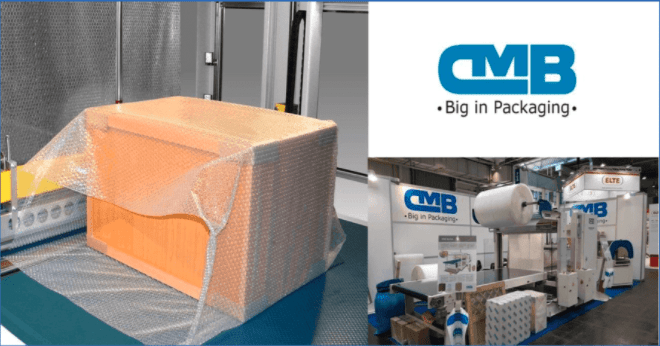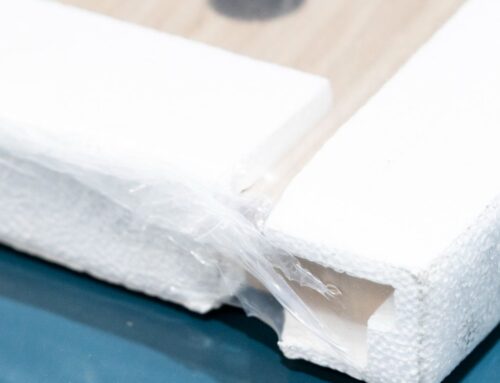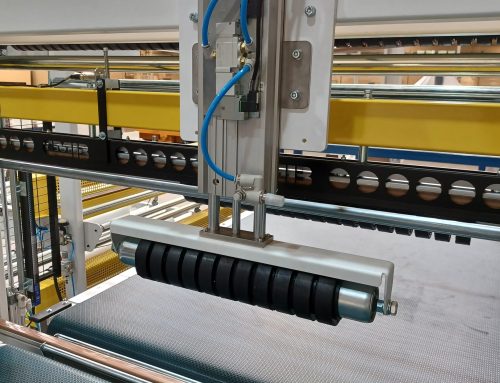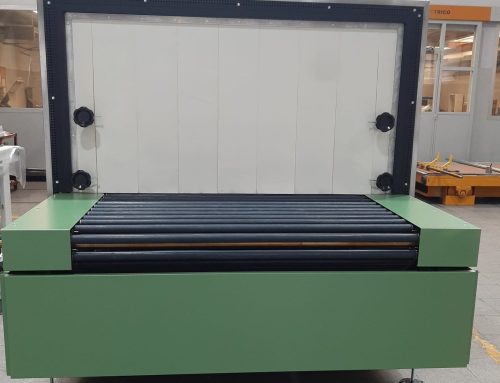CMB: 35 years of experience in the wood packaging sector
We are a company that has been a market leader in packaging machinery and materials for 35 years.
We specialize mainly in the wood and furniture sector, although we also have a growing presence in the aluminium sector.
One of the issues we have always considered when developing our packaging machines has been efficiency and cost savings throughout the process, both in terms of material, human resources and energy.
Nowadays, we can design and build state-of-the-art solutions, thinking about avoiding that the products, when being packed, suffer damages or damages of any kind. Thanks to our machinery, the distribution process from start to finish is optimal and error-free.
On the other hand, with the reduction of cardboard and its use, we contribute definitively to avoid the indiscriminate and abusive felling of forests and the forest mass of our planet. This is increasingly valued by consumers.
Packaging materials used by CMB
At CMB we develop machinery capable of using different packaging materials, even on the same production line: polyethylene bubble film, stretch film, a mixed combination of both — which offers the highest possible degree of protection for the packaged products — or Kraft paper and polyethylene bubble film.
The materials used by the packaging machines are in all cases recyclable and comply with current quality and environmental standards. Our working system has two forms of packaging, each one for a different use and in specific conditions:
Cold packaging system
Cold packaging systems with combined bubble film and stretch film offer enormous protection and low-energy consumption.
Regarding stretch film, the machines can carry out the packaging process at very low costs, resulting in lower energy consumption, as the real size of the product to be packaged does not need to be adapted.
Hot packaging system
Hot packaging systems work with heat shrink film. They provide good visualization of the product itself and offer a high and fast packaging output.
This results in very competitive prices and costs compared to other systems. Overlap bottom sealing is the best solution for large runs of products of the same format, the finishes are impeccable, increasing profitability and added value for the company.
Advantages of the materials used by CMB
The advantages of using our material are more than evident and lead to a reduction of the environmental impact. In the following, we will show you the most outstanding strong points:
Carbon footprint: what it is and how to calculate it for packaging
The carbon footprint of a product is defined by the emission of greenhouse gases resulting from its activities, whether direct or indirect. The measurement is based on factors such as carbon dioxide, water vapour, methane, nitrogen oxide and ozone.
The calculation of the carbon footprint and the environmental impact of packaging is determined by the greenhouse gas emissions during the packaging process, which can be divided into two parts:
Reducing the carbon footprint of packaging: What options do we consider at CMB?
At CMB, we study perfectly the solutions we give our clients to reduce the environmental impact of industrial packaging. To this end, we apply certain measures to reduce the carbon footprint of the packaging process and thus reduce the environmental impact it produces.
When it comes to packaging design, it must be reduced to the minimum size necessary and the amount of material to be used must be optimized as much as possible. Excessive packaging with excess material implies not only cost overruns, but also a lack of professionalism for the brand.
It is also important to avoid stuffing as much as possible; a correct design optimizes and makes it unnecessary to use more material, in this case for stuffing. If, for whatever reason, there is no other solution than to use it, such material should always be reusable and recyclable.
CMB stands for automation and energy efficiency
Companies increasingly need to be more and more environmentally conscious, avoiding that the packaging affects the carbon footprint and, therefore, that the environmental impact is as low as possible.
To this end, CMB is constantly developing R&D to provide increasingly effective solutions. Packaging is a priority in the logistics and transport of goods, and there must be an increasingly clear balance between sustainability and the environment.
We invite you to take a first-hand look at our equipment and solutions, and you will see that we have the utmost respect for environmental conservation. Our automation processes achieve consistently high levels of productivity and energy efficiency.
To request additional information, just call us on (+34) 93 636 14 16, email us to [email protected], or take a few seconds to complete the following form and one of our sales representatives will contact you immediately.




